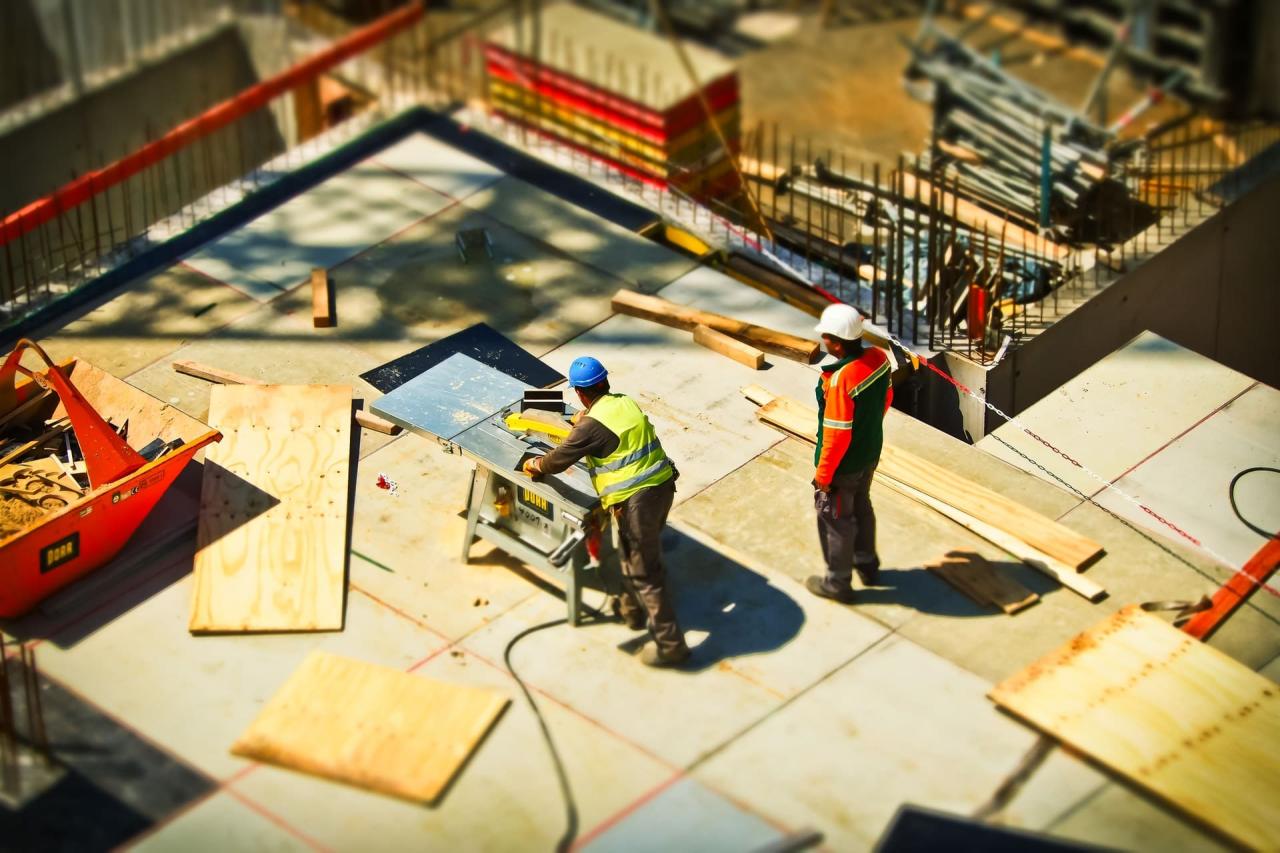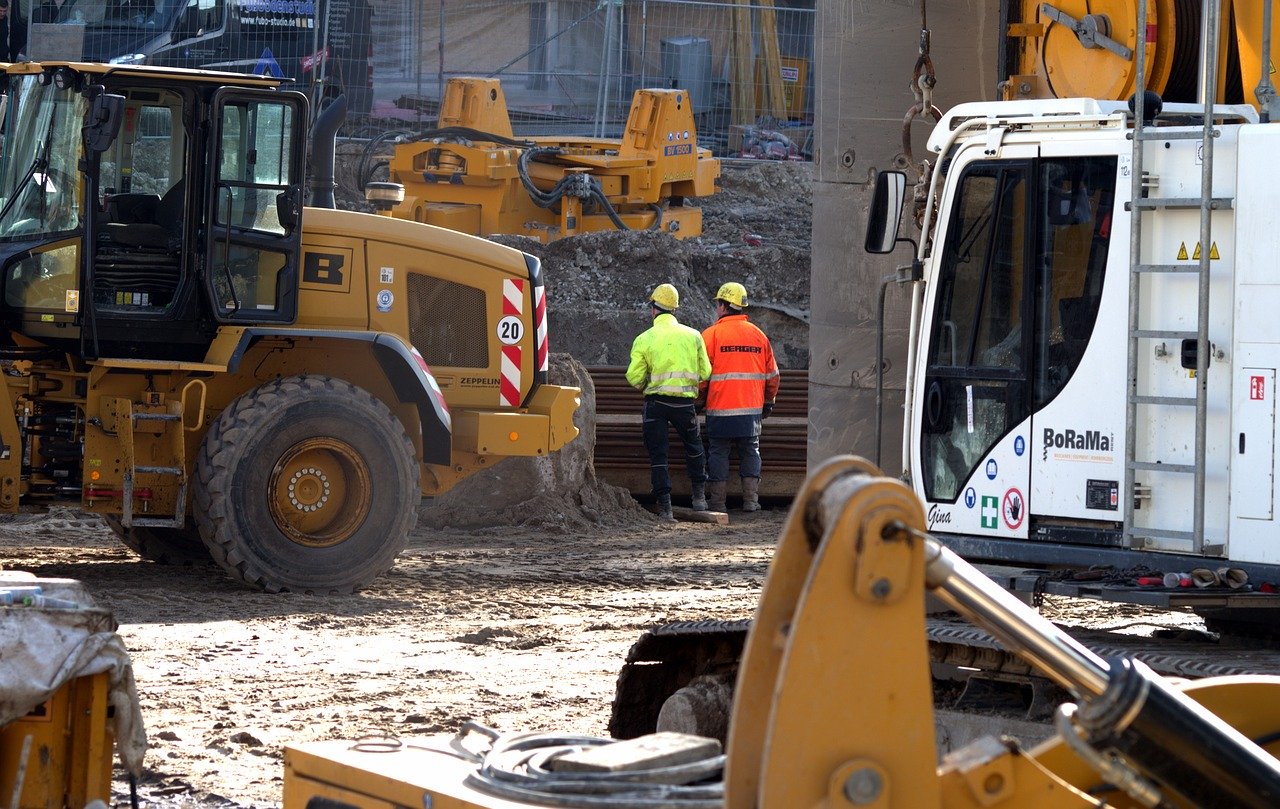Almost every construction professional faces the same problem – cash flow. Large upfront costs and long waiting periods between payments are a normal occurrence; retainage adds to this cash flow problem for contractors and project managers.
Retainage is a long-standing practice in the industry that can make life challenging for construction workers. But by understanding what retainage is and how it works, you can protect yourself and start implementing processes to help you get paid faster.
Retainage in construction defined
The retainage definition is simple – it’s the percentage of a contract’s price that’s withheld from a contractor. Retainage is common in construction for both commercial and public projects, and the percentage typically ranges anywhere from 5 to 10% of the overall price.
The purpose of retainage is to reduce the owner’s risk of a contractor not completing the project to their specifications. However, even though retainage is commonplace, it’s not always used fairly. It can quickly create cash flow problems for contractors, particularly for subcontractors who complete their work near the beginning of the project.
For most construction companies, retainage payments make up most or all of their profit margin: Failing to collect their retained funds means losing money on the project.

What every construction contractor should know about retainage
To help mitigate the cash flow problems that retainage can bring to your construction business, understanding how this practice works is crucial – and as a contractor, you have more power than you think.
Retainage percentages and negotiations
While retainage can restrict your cash flow, the entire amount isn’t typically withheld upfront. Instead, it’s applied to your progress payments. For example, a $50,000 contract with 5% retainage doesn’t mean you’re out $2,500 from the onset of your project; you’ll deduct the retainage from each milestone payment. So if that same contract gets paid over five payments, $500 would be held in retainage each time.
Free eBook: 6 keys to staying competitive
You might be wondering how to calculate retainage, but it’s not set in stone. Both the owner and contractor must agree to a retainage rate when forming a contract. You can also negotiate for variable retainage, which can work in a couple of different ways.
For example, variable retainage could consist of withholding different amounts over the project’s length, or you could request it to be paid out immediately once your portion of the work is finished. It could also apply lower retainage rates to materials and higher ones to labour, helping cover upfront costs that have lower profit margins.
Retainage limits and deadlines
While retainage mostly depends on the terms of your contract, most government bodies set retainage rate limits and payment deadlines. It’s important for every contractor to understand the laws and regulations regarding retainage in their area.
Let’s look at California – the state with the highest construction output in the US – as an example. For all public projects, retainage rates are capped at 5%, and owners must make their full retainage payment to their contractor within 60 days once the project is completed. Then, that contractor has one week to pay their subcontractors.
Most places have laws governing the use of retainage in construction, although the rates, deadlines, and specifics of its use can vary drastically.
Retainage payments and substantial completion
In most construction contracts, the contractor won’t receive their retainage payments until a project reaches “substantial completion,” which introduces a couple of problems.
First, subcontractors that perform their roles early on in the project, like laying foundation, will likely have to wait long periods before they can get those payments.
Second, there’s a broader issue – substantial completion doesn’t have a universal definition, and in many contracts, it’s extremely vague. When contract terms are open to interpretation, it becomes an even bigger challenge for contractors to plan their cash flow because the project’s completion date becomes a moving deadline.

Retainage and mechanic’s liens
As a contractor, you have a powerful tool you can use to collect payment that you’re owed – a mechanic’s lien. You can use it to force any outstanding payments, including retainage, for the work you performed.
Further read: Most common construction problems and how construction management software can solve them
However, you won’t typically receive your retainage payment until the project is completed, and if you want to file a lien, you’ll have to do so by a specific deadline. That leaves you with two options: file a lien and possibly harm your relationship with that client, or let the deadline pass and hope the owner will follow through and pay your retainage. It’s a fine line for a contractor to tread.
How to navigate retainage and get paid faster
Whether as a construction company or contractor, you have the right to get paid for your work-retainage included. It’s important to understand your rights and options for negotiating and collecting your retainage payments after completing a project.
But what can you do to get paid faster?
With LetsBuild construction management software, you can see your project in real-time and work with a single source of truth. We’ve helped contractors gain control of thousands of construction projects by keeping detailed audit trails of what’s been said and what’s been done. You can quickly check statuses and identify problems to solve misalignment issues and complaints as soon as they arise, leaving your clients with no reason to withhold your retainage payments. Get started for free today.




